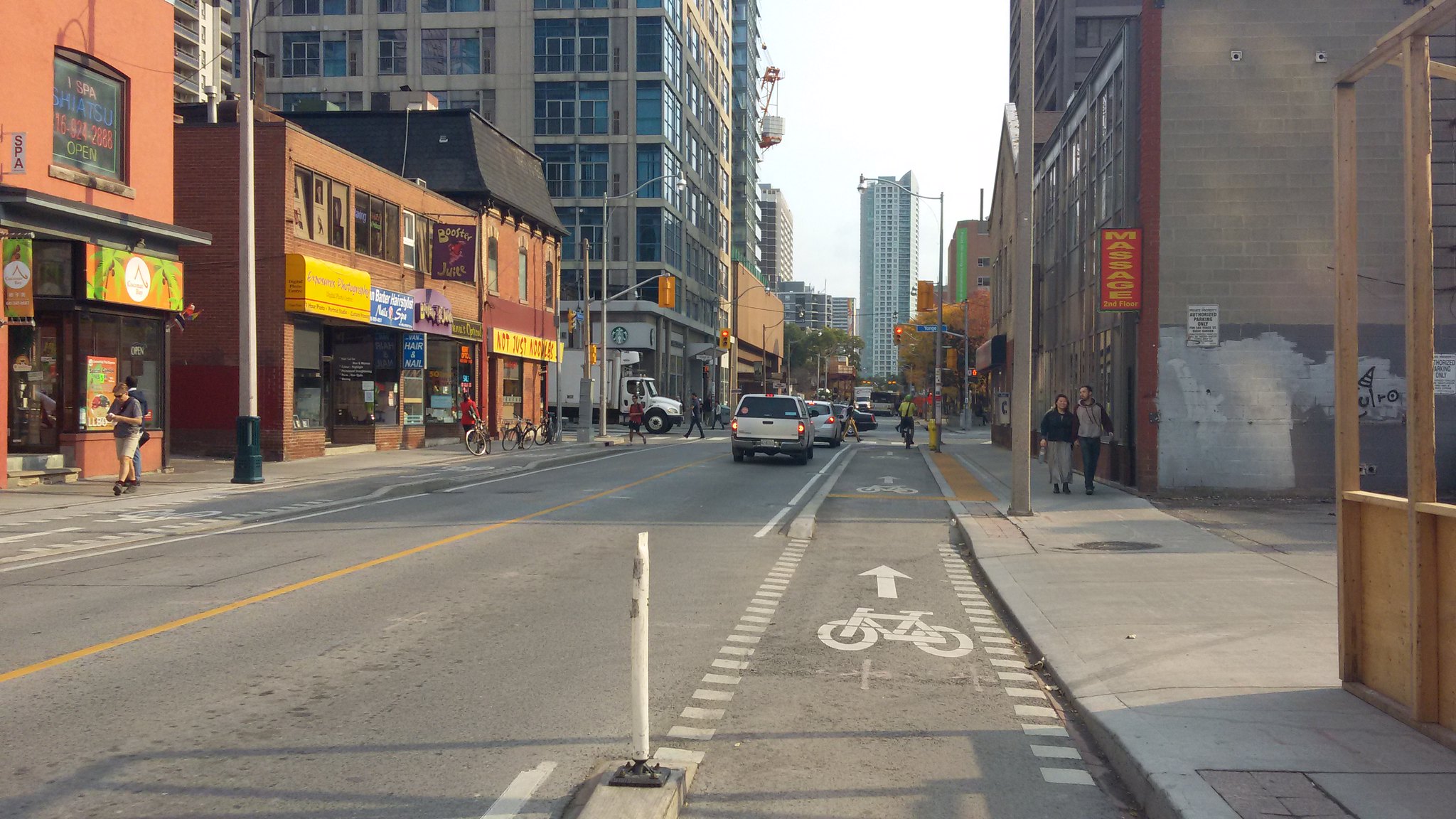Road classification systems: Christchurch and Toronto
Where presented / published:
Traffic Management Workshop Auckland
This paper compares the functional road classification systems of Christchurch and Toronto. Both systems have local, collector, minor arterial and major arterial roads, but Toronto has expressways as well. The classification systems have a number of common criteria used to classify roads. In addition, each city has some requirements not used by the other.
The paper then looks in detail at how Christchurch’s system is designed and implemented. With Christchurch’s wide and overlapping traffic volume ranges for its road classes, almost all roads in a class should be expected to fit within the appropriate range. This, however, is demonstrated to be not the case for a significant proportion of roads. It is argued that many of Christchurch’s roads are incorrectly classified, based on the traffic volume ranges established for each class under the city’s official plan. In addition, the thresholds which distinguish one class from another are considered to be too low, based on Toronto’s experience. This results in many roads being classified too high up the hierarchy, generating unrealistic (and unnecessarily expensive) expectations about roading geometric standards. Christchurch’s road classification system is probably not very different in quality from others around New Zealand.
This paper makes a case for reviewing the country’s road classification systems and then reviewing the classification of individual streets, jurisdiction by jurisdiction, based on commonly-agreed criteria.
The paper is available online on this website.



